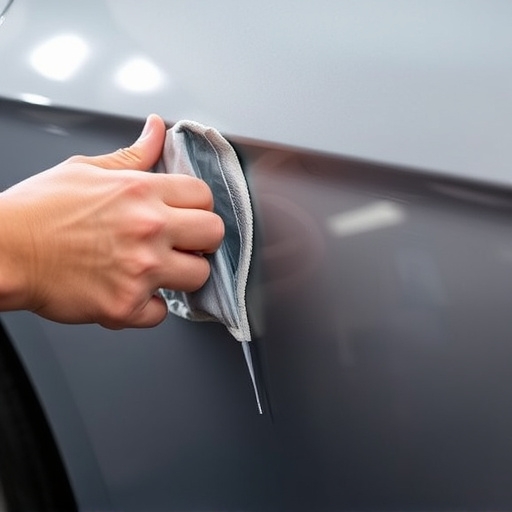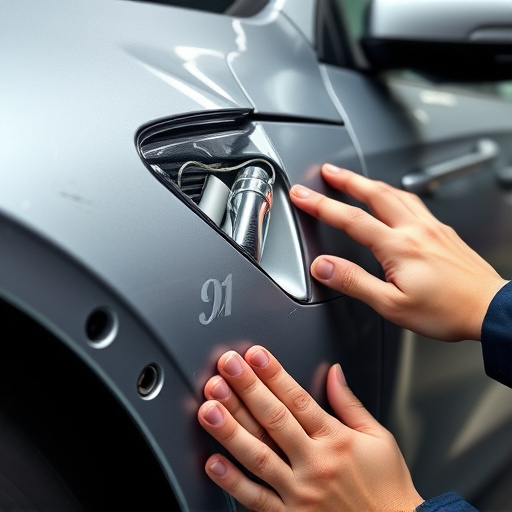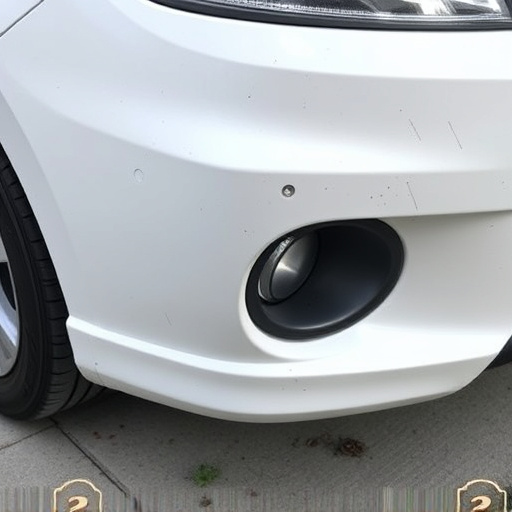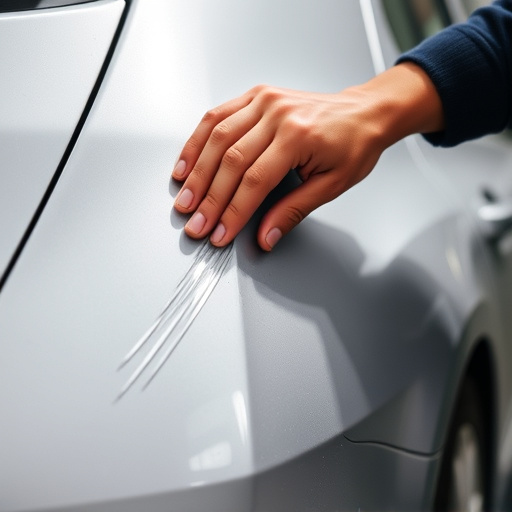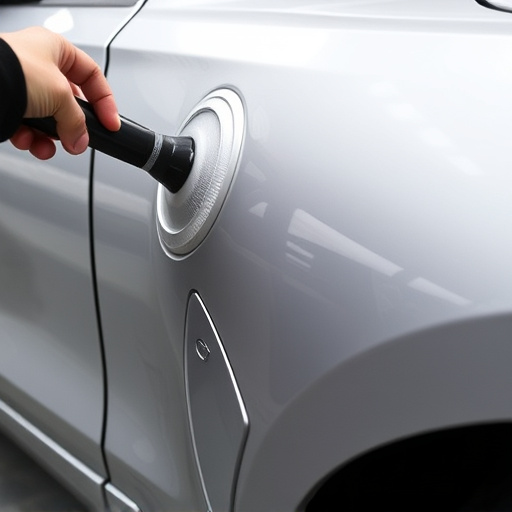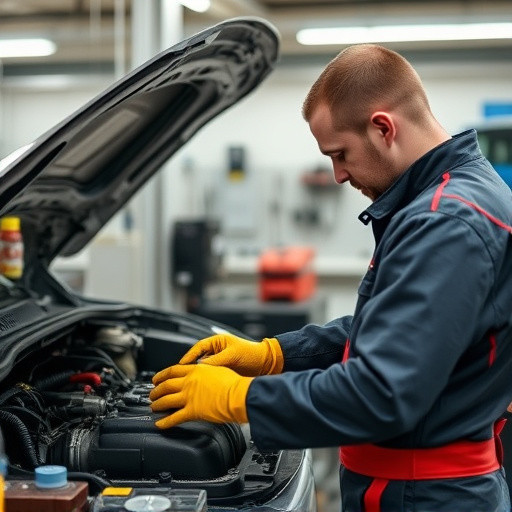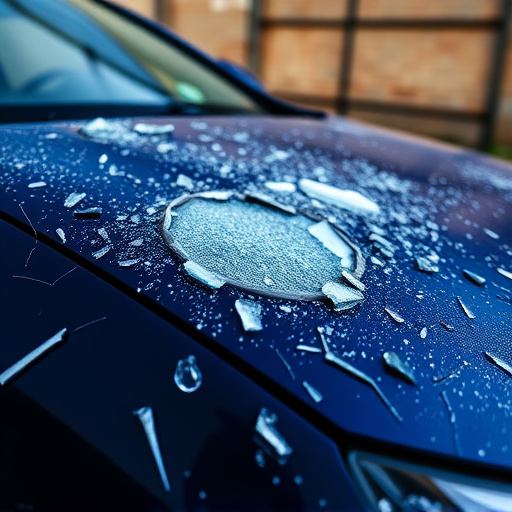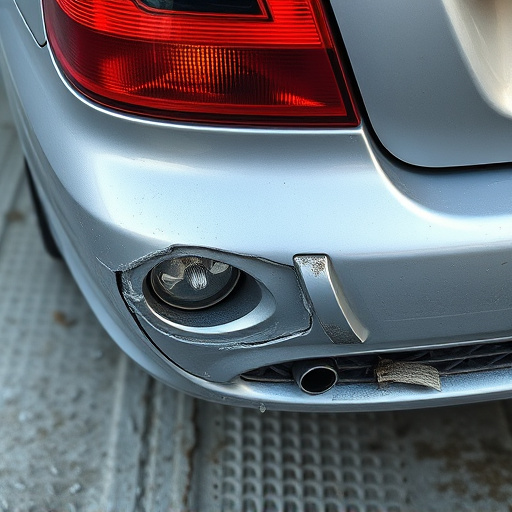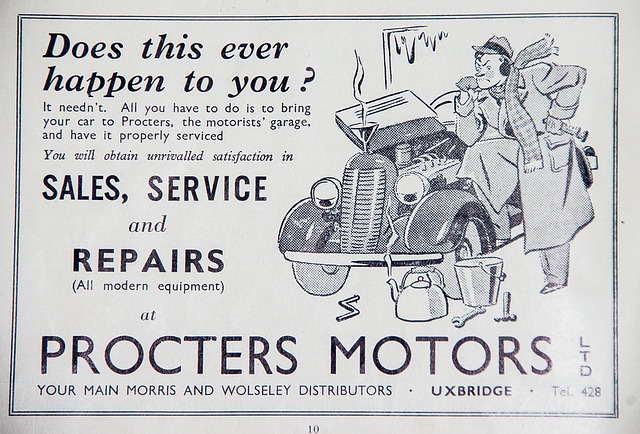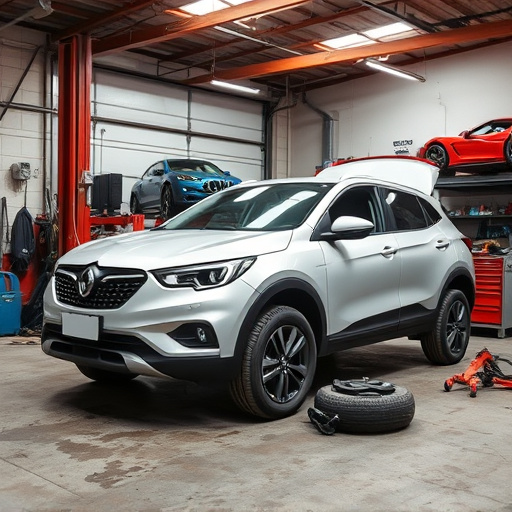Spot welding equipment is crucial for modern collision repair services, offering precision, efficiency, and quality in automotive body work. Certified centers must choose safe, versatile machines with advanced features to meet industry standards, streamline dent repairs, and enhance overall automotive repair solutions. Factors like power source, current rating, and material compatibility are key when selecting high-quality equipment for cost-effective, comprehensive tire services and repair solutions.
In the realm of certified collision centers, efficient and precise repairs demand top-notch spot welding equipment. This article delves into the essential components and safety features required for effective spot welding, guiding professionals in making informed choices. From understanding the fundamentals to navigating regulatory standards, we explore how the right tools can enhance productivity while ensuring quality and safety. Discover the must-have spot welding equipment for modern collision repair facilities.
- Understanding Spot Welding Equipment Essentials
- Safety Features and Regulations for Certified Centers
- Choosing the Right Tools for Efficient Collision Repairs
Understanding Spot Welding Equipment Essentials
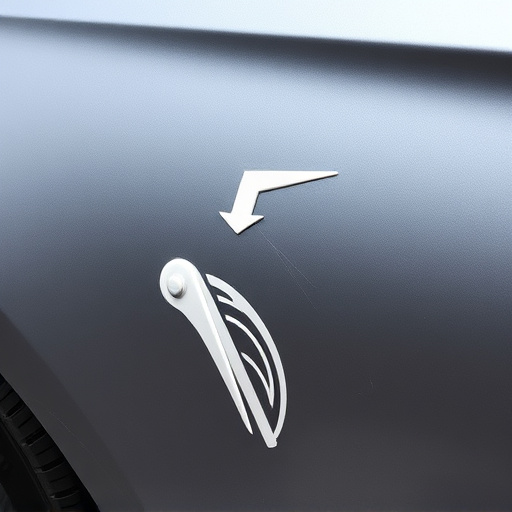
In the realm of collision repair services and automotive body work, spot welding equipment is a game changer. For certified automotive body shops, understanding the essentials of this technology is paramount to ensuring precision, efficiency, and quality in every repair. Spot welding involves using a high-energy electric current to melt and join two metal pieces together, creating a strong, permanent bond—a process that has revolutionized automotive body work compared to traditional joining methods like riveting or bolt fastening.
The spot welding equipment requirements for collision centers include powerful and versatile machines capable of handling various metal types and thicknesses. These systems must offer precise control over welding parameters such as current, voltage, and pulse rates to accommodate different material characteristics. Additionally, advanced features like automated controls, digital displays, and compact designs that maximize workspace efficiency are increasingly sought after in modern automotive body shops.
Safety Features and Regulations for Certified Centers
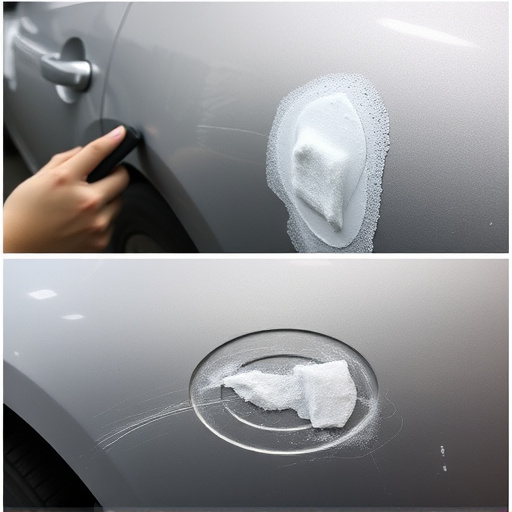
Certified collision centers, when equipped with spot welding equipment, must prioritize safety features to adhere to industry standards and regulations. Safety is paramount in any auto repair service, especially during intense metal fabrication processes like spot welding. Auto collision centers are required to invest in machinery that incorporates advanced safety mechanisms to protect both workers and the surrounding environment from potential hazards.
These include emergency stop buttons, interlock systems, and protective shielding designed to mitigate risks associated with electrical arcs, sparks, and heat generation. Given the intricate nature of auto painting and body work, collision centers must ensure their spot welding equipment complies with safety standards, thereby fostering a secure workspace and promoting high-quality auto repair services.
Choosing the Right Tools for Efficient Collision Repairs
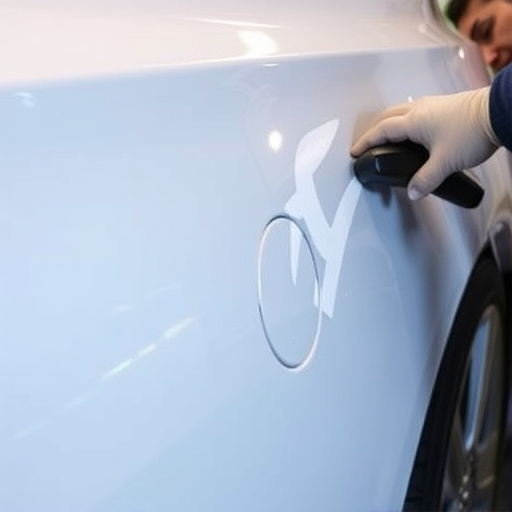
Choosing the right spot welding equipment is paramount for certified collision centers aiming to streamline their vehicle dent repair processes and enhance overall efficiency in automotive repair. Efficient spot welding allows for precise, fast, and durable repairs, reducing time spent on labor-intensive methods like hammering or manual sanding. When selecting tools, consider factors like power source (AC or DC), current rating, and the type of materials typically encountered, such as steel or aluminum.
High-quality spot welders designed for collision repair offer advanced features like adjustable current control, digital displays, and compact designs that facilitate maneuverability within tight spaces. Investing in versatile equipment capable of handling various tasks, from panel hemming to body panel replacement, is a strategic move that contributes to cost-effectiveness and the center’s ability to provide comprehensive tire services and automotive repair solutions.
When equipping a certified collision center, prioritizing safety features and selecting efficient tools like high-quality spot welding equipment is paramount. By understanding the essentials and regulatory requirements, centers can ensure they’re prepared for accurate, time-saving repairs that meet industry standards. Investing in reliable spot welding equipment is a crucial step towards enhancing productivity and maintaining customer satisfaction within the collision repair landscape.

